Initiatives to reduce environmental burden
Promoting Energy Saving and Reducing CO2 Emissions
We are promoting energy saving by upgrading production equipment, and as part of those upgrades, making production processes more efficient. Through these systematic efforts, our main factory Saitama Headquarters achieved the CO2 emission reduction target of 6% versus the base year (the average for fiscal years 2004 – 2006) under the first stage of the Saitama Prefecture's Global Warming Countermeasures Plan System ending in fiscal year 2014, and we have achieved the target of 13% versus base year under the second stage (fiscal years 2015 – 2019). In the third stage from fiscal 2020 to 2024, our reduction target was 20% versus the base year, but in the first fiscal year we achieved a reduction of 40% versus base year. The Shiga Factory also started the first reduction plan of an action plan program for business operators in fiscal 2019 based on the Shiga Prefecture Low-carbon Society Promotion Ordinance, and is working to make improvements to achieve its targets.
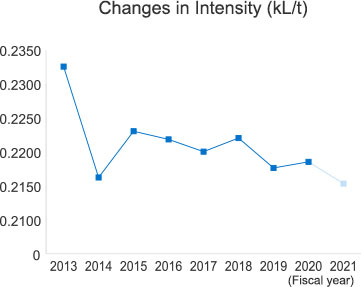
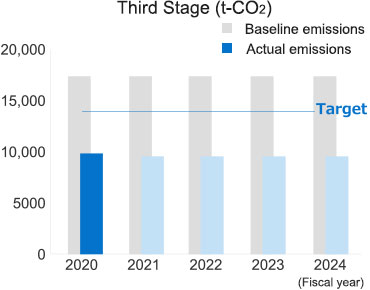
| Standard Values and Changes in Intensity | |||
|---|---|---|---|
| Standard | Fiscal 2018 | 3,283.009 t-CO2 / 8,173.563 t | 0.402 t-CO2/t |
| 1st third of the year | Fiscal 2019 | 3,154.009 t-CO2 / 7,784.495 t | 0.405 t-CO2/t |
| 2nd third of the year | Fiscal 2020 | 2,911.463 t-CO2 / 7,170.310 t | 0.406 t-CO2/t |
| 3rd third of the year | Fiscal 2021 | (0.402 t-CO2/t or under) | |
Initiatives to reduce environmental burden | T&K TOKA
A new trial this fiscal year was to adopt carbon neutral city gas for both the Saitama Headquarters and Shiga Factory. This has effectively reduced to zero in real terms CO2 emissions when using the gas at both locations.1 Endorsing this principle, the Saitama Headquarters has joined the Carbon Neutral Buyers Alliance2, a first for the printing ink industry.
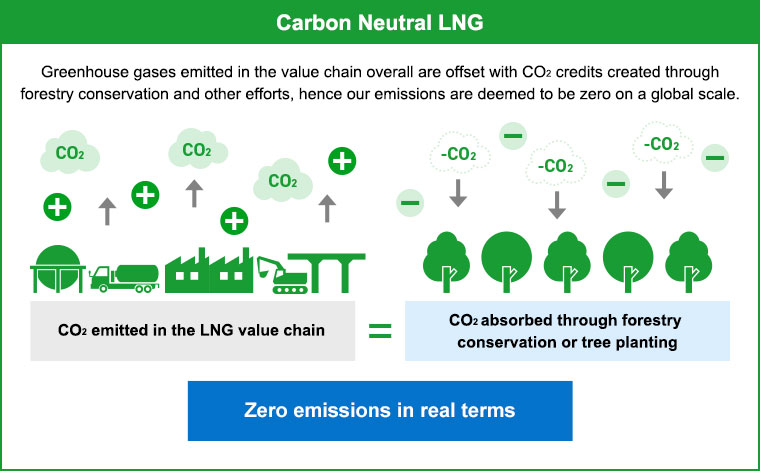
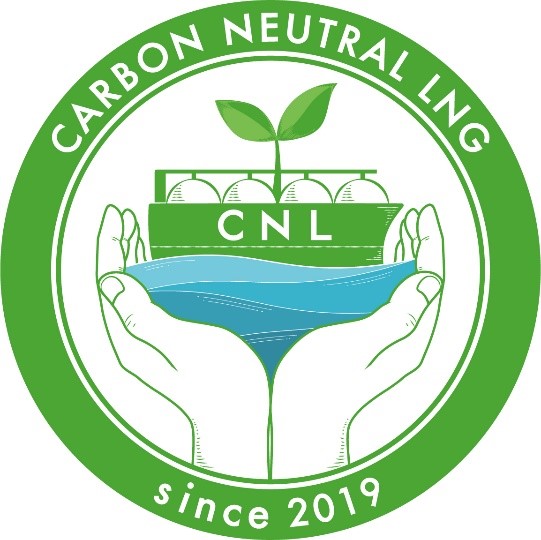
- 1.Carbon neutral city gas utilizes LNG that is deemed to create no CO2 in its use on a global scale, by offsetting the greenhouse gases from the process of mining to burning natural gas with CO2 credits generated from environmental conservation projects in emerging countries (carbon offset).
- 2.The Carbon Neutral Buyers Alliance was established in March 2021 with the aim of expanding use of CNL and raising its usefulness by combining companies and corporations that purchase CNL with Tokyo Gas as its procurer and provider, to help achieve a sustainable society.
Example: Boiler Fuel Conversion
The Saitama Headquarters uses six boilers, which it is steadily converting to city gas from class A fuel oil from fiscal year 2011. Five had already been converted, and with the upgrade of the final boiler in fiscal 2021, all the boilers have achieved the shift in fuel. City gas can lessen NOx emissions compared to class A fuel oil, and achieve zero SOx emissions.
Example: Boiler Operational Improvements
At the Saitama Headquarters and Shiga Factory, electrically operated valves are installed in the piping routes to send gas generated by the boilers to the plants to implement scheduling management. This allows steam to be sent in the right volume to the right place, eliminating loss of excess steam and reducing the need for boiler fuel (city gas). At the same time, age-deteriorated insulation materials on the steam pipes were upgraded to help reduce radiant heat loss, which also lowers boiler fuel (city gas).
Example: Upgrade to LED Lighting
Lighting at branches and factories is being replaced with LED lighting in stages, with priority based on the age of equipment and amount of electricity used.
Example: Energy Saving in Cooling Units (Chillers)
Previously at the Saitama Headquarters, cooling units (chillers) were used cyclically to cool manufacturing equipment such as rollers, but because the factory is located in an area with abundant underground water, the groundwater is effectively used, leading to energy saving in cooling units (chillers).
Atmospheric Emissions
By our entire business in fiscal year 2020, we have used 6,722 kl (crude oil equivalent basis) of energy, primarily as electricity and city gas, and CO2 emissions (Scope 1 and Scope 2) were 11,899 t-CO2. NOx emissions were reduced through progress in converting to the use of city gas as fuel, and came to 2.4 tons (Scope 1) in fiscal year 2020.
In addition, fluorocarbons are used as refrigerants in air conditioners, cooling units (chillers) and refrigerators, and daily monitoring, simple inspections and periodic inspections are carried out to prevent leakage.
Initiatives to Use Resources Effectively and Reduce Waste Matter
With regard to the efficient use of raw materials for ink, the Saitama Headquarters uses many raw materials including pigments, resins, and solvents to produce roughly 12,000 tons of ink products annually. T&K TOKA is working proactively toward Sustainable Development Goal 12, "Responsible Consumption and Production" and in our manufacturing of ink products we strive to use resources effectively and practice the "3 Rs" (Reuse, Reduce, Recycle). As part of these processes, we are working to reduce container and packaging materials (the use of link drums and returnable tanks, simplified packaging, and so forth), minimize raw material loss, reuse plastic pallets, recycle corrugated cartons and paper waste from offices, and convert other waste materials into valuables.
Through these initiatives, the Saitama Headquarters has achieved zero emissions. At the Shiga Factory, achieving zero emissions is a priority issue and the entire facility is working to achieve recycling, with each division thoroughly separating waste materials and selecting disposal contractors that are able to recycle them.
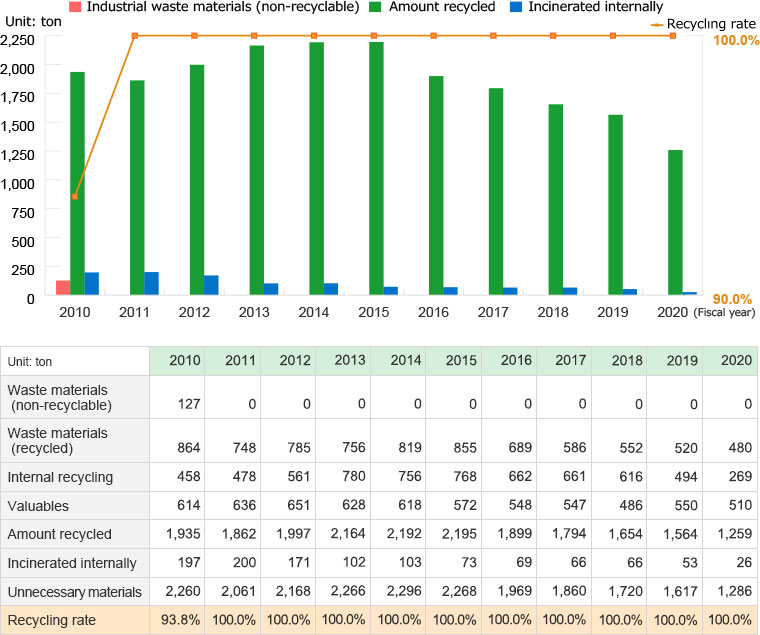
Addressing Odors
The ink plant at the Saitama Headquarters and the ink plant and the functional resin plant at the Shiga Factory are taking measures as unpleasant odors are generated. By reviewing raw materials used, installing neutralizing equipment that uses activated charcoal filters and dissolves materials with water, catalytic combustion-type processing facility, and adjusting the directions of exhaust ducts, both facilities meet the standards of the Offensive Odor Control Law, but given that both are located adjacent to residential areas, further improvement is being pursued.
Addressing Noise
We are aware that our corporate activities need to be carried out with consideration for noise that may disturb adjacent neighborhoods or harm workers, and have introduced a variety of measures to address noise, including installing soundproof walls in production equipment, planting trees throughout the premises, and setting rules for the use of forklifts within the facilities.
Noise levels at both the Saitama Headquarters and Shiga Factory are regularly measured by outside specialists to confirm that regulatory standards are met, and results have been favorable.
